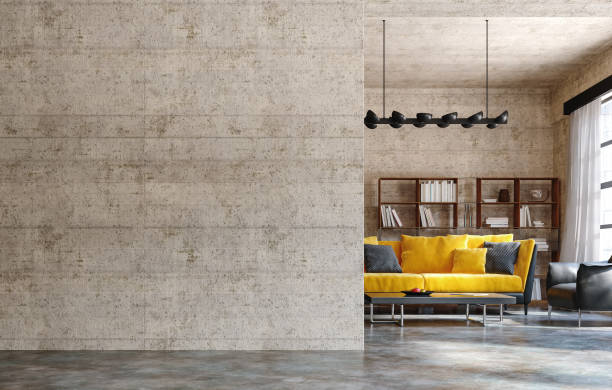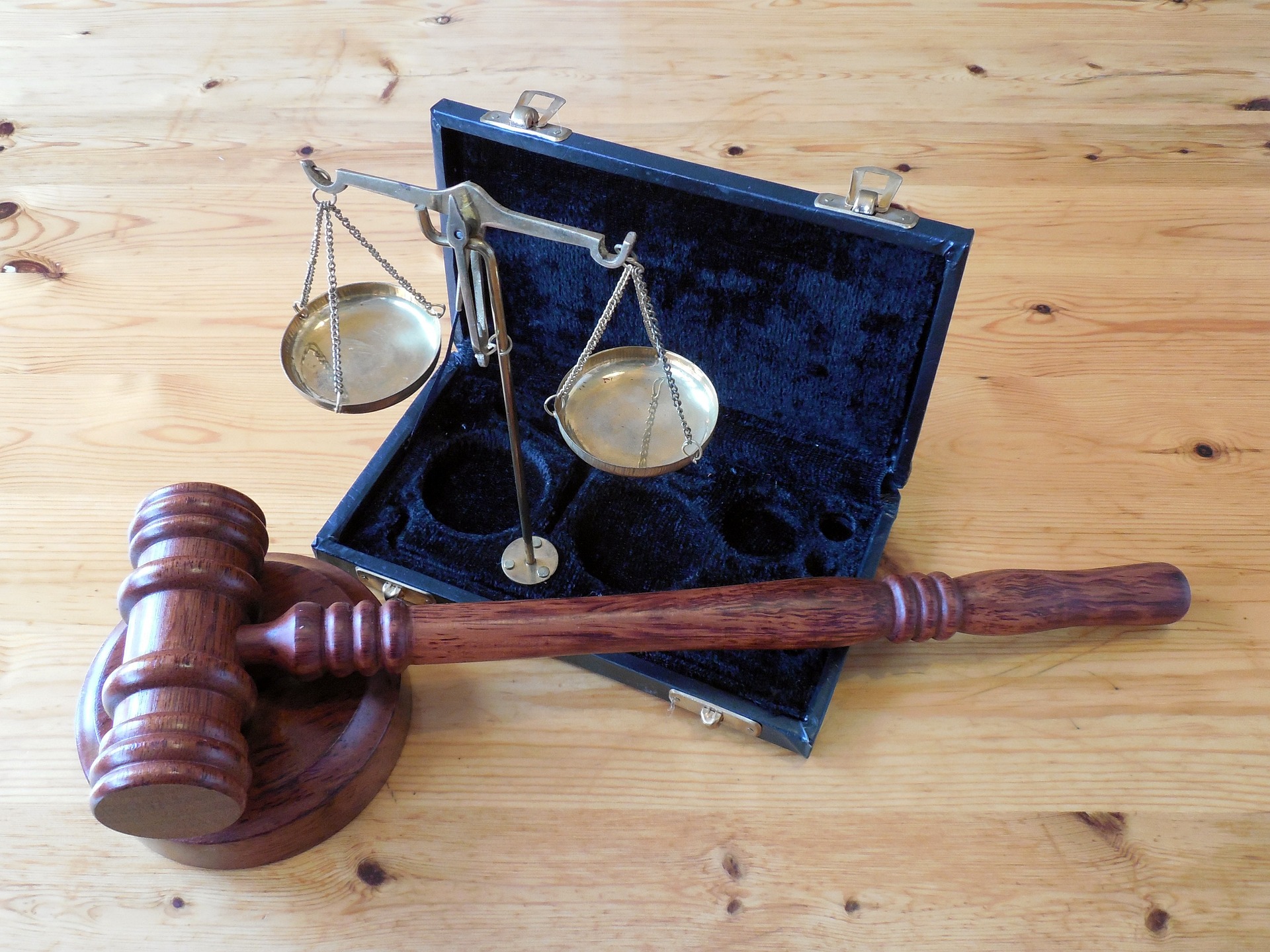Unmasking the Potential of Mixed-Use Developments in Real Estate
Introduction: A rising trend in the real estate sector is the embrace of mixed-use developments. This urban planning concept has increasingly become a go-to solution for urban revitalization and sustainable growth, offering a unique blend of residential, commercial, and public spaces. This article sheds light on the history, benefits, challenges, and the potential impact of mixed-use developments on the real estate market.

Delving into the Past: Mixed-Use Developments
The idea of mixed-use developments is not new. In fact, it dates back to ancient civilizations where the integration of residential, commercial, and public spaces was common. However, it was in the mid-20th century that this concept began to gain traction in urban planning. The rise of suburban sprawl and the segregation of land uses led to a reevaluation of urban design, sparking a revival of mixed-use developments.
Current Trends: A Growing Preference for Mixed-Use
The 21st century has seen a resurgence of mixed-use developments, driven by changing consumer preferences, economic factors, and sustainability concerns. Today’s urban dwellers increasingly seek convenience, walkability, and access to amenities, factors that are all inherent in mixed-use developments. Moreover, these developments provide a diversified income stream, making them an attractive investment opportunity.
Weighing the Pros and Cons
Mixed-use developments come with a host of advantages. They promote sustainable living by reducing commute times, enhancing community engagement, and fostering a sense of place. On the investment front, mixed-use properties tend to offer higher returns and lower risks due to their diversified income streams.
However, mixed-use developments are not without challenges. They require complex design and planning, stringent zoning laws, and substantial capital investment. Additionally, they often necessitate collaboration between multiple stakeholders, which can lead to conflicts and delays.
The Impact on Real Estate Stakeholders
For buyers, investors, and sellers, mixed-use developments present new opportunities and challenges. Buyers get access to a vibrant, amenity-rich community, while investors can benefit from higher returns and risk diversification. For sellers, mixed-use developments offer a compelling selling point in today’s competitive real estate market.
Future Outlook: The Role of Mixed-Use Developments
As cities continue to grapple with rapid urbanization, the need for sustainable, inclusive, and efficient urban spaces becomes paramount. Mixed-use developments, with their ability to create vibrant, walkable, and sustainable communities, are poised to play a key role in shaping the future of urban living.
In conclusion, while mixed-use developments come with their share of challenges, their potential benefits for buyers, sellers, and investors make them a trend worth considering in the real estate landscape. As we move towards a more sustainable future, mixed-use developments may well become the norm, rather than the exception.






